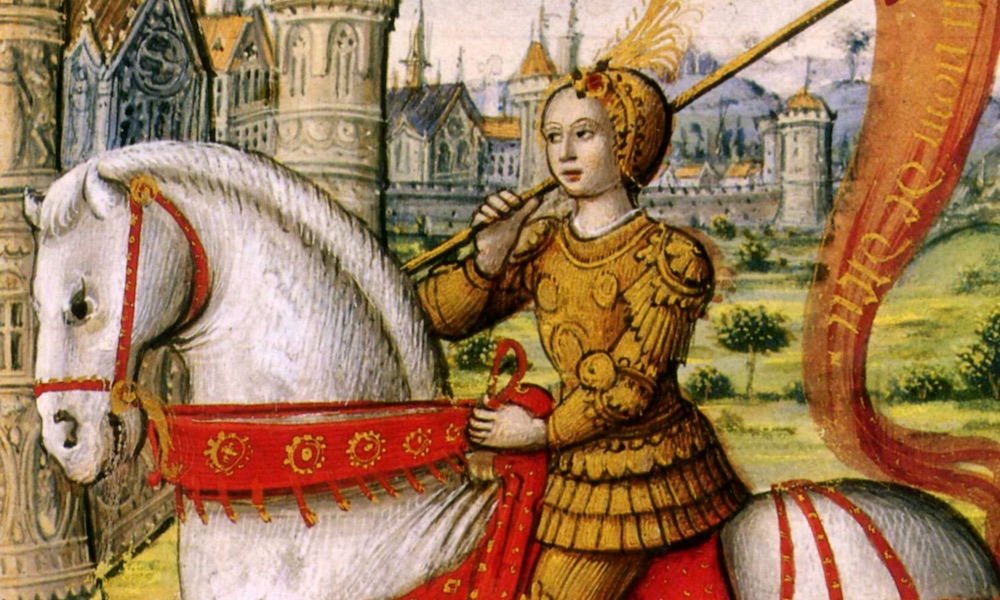In the July, 2003 issue of High Times, B.L. Setab took a look at how a young, illiterate peasant woman like Joan of Arc could lead an army. Why would seasoned soldiers follow her? How was it that she appeared impervious to harm and quickly healed from wounds in battle? Where did her voices and visions come from? A counselor and hypnotherapist, B.L. Setab, M.A., studied the use of the quantum mind and how it may be accessed through marijuana and other natural psychoactive substances. Her keen interest in historical research from a psychosocial perspective led her to conclude that consciousness and the brain evolved hand in hand with psychoactives. Her research into Joan of Arc and other historical figures and eras is consistent with this perspective. To celebrate Joan of Arc’s birthday, which is widely believed to be January 6, 1412, we’re republishing the following article.
It is difficult to understand a 15th-century person through the lens of another time, but Joan of Arc was a real person filled with the same fears, likes, dislikes, and traditions as the people of her period. She was born to a peasant family in 1412 A.D. in a small village called Domremy in the French-speaking duchy of Lorraine. The village still stands, and the flow of tourists, fans, and scholars who visit to pay homage to the “Maid of Orleans” has never abated.
Like most children of Domremy, Joan did not attend school and grew up illiterate. Her father, Jacques d’Arc, was in charge of official duties in local affairs, and the d’Arc family was elevated in the hierarchy of this poor village. However, despite their rank, they lived humbly in a small cottage. Joan spent many of her days in the fields and woods tending cattle. Life …
Read More
Author: High Times / High Times






